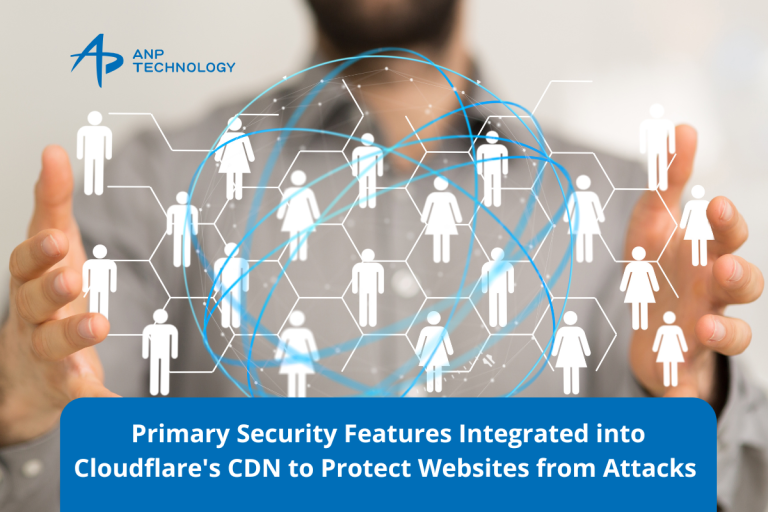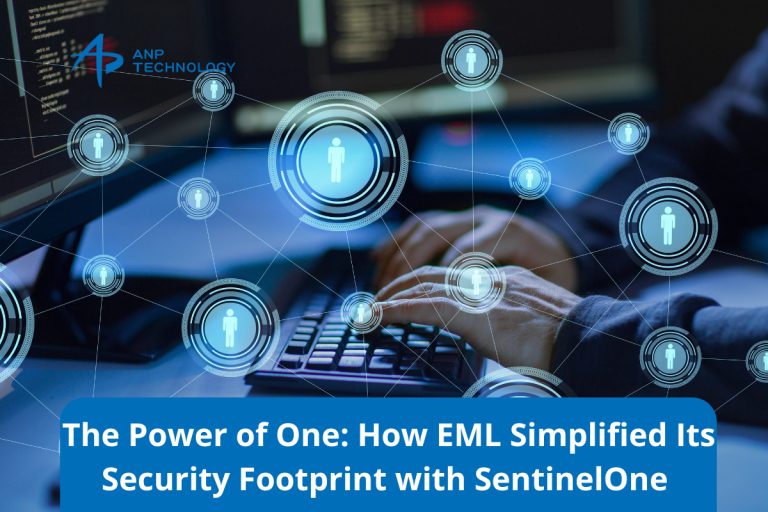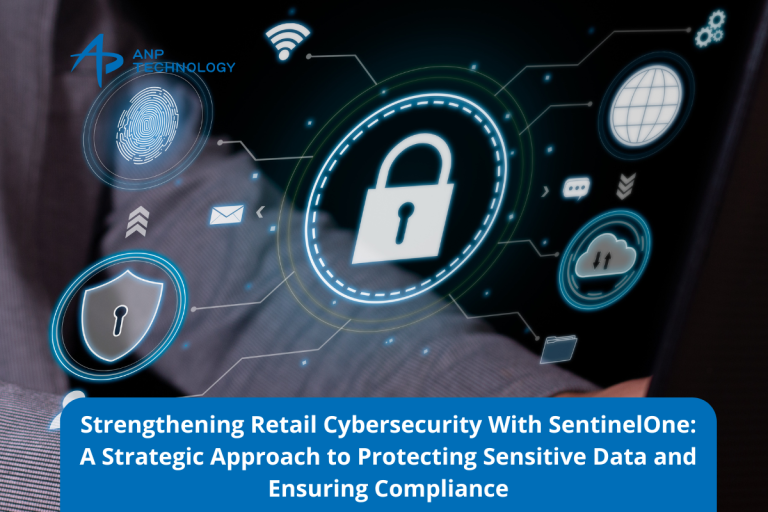
In today’s interconnected world, Distributed Denial of Service (DDoS) attacks have become one of the most pervasive threats to websites and online services. These attacks involve overwhelming a target with traffic from multiple sources, causing downtime and disruption. To combat this, Cloudflare, a global leader in web performance and security services, offers Layer 3 (L3) and Layer 4 (L4) DDoS protection to safeguard websites and applications from such malicious activities.
In this article, we will explore how Cloudflare’s L3/4 protection works and how it can effectively shield you from DDoS attacks.
Understanding DDoS Attacks
Before delving into Cloudflare’s protection mechanisms, it’s essential to understand the nature of DDoS attacks. A DDoS attack typically involves flooding a target server with an excessive volume of traffic, which can overwhelm its resources, causing slowdowns or complete outages. There are two main types of DDoS attacks:
- L3 Attacks (Network Layer): These are attacks that target the network layer (IP layer), such as SYN flood attacks. They aim to overwhelm the target’s network infrastructure, consuming bandwidth and making it impossible for legitimate traffic to access the site.
- L4 Attacks (Transport Layer): These attacks target the transport layer (TCP/UDP), such as UDP floods, and are designed to exhaust server resources like CPU and memory by sending a high volume of traffic.
The Role of Cloudflare’s L3/4 Protection
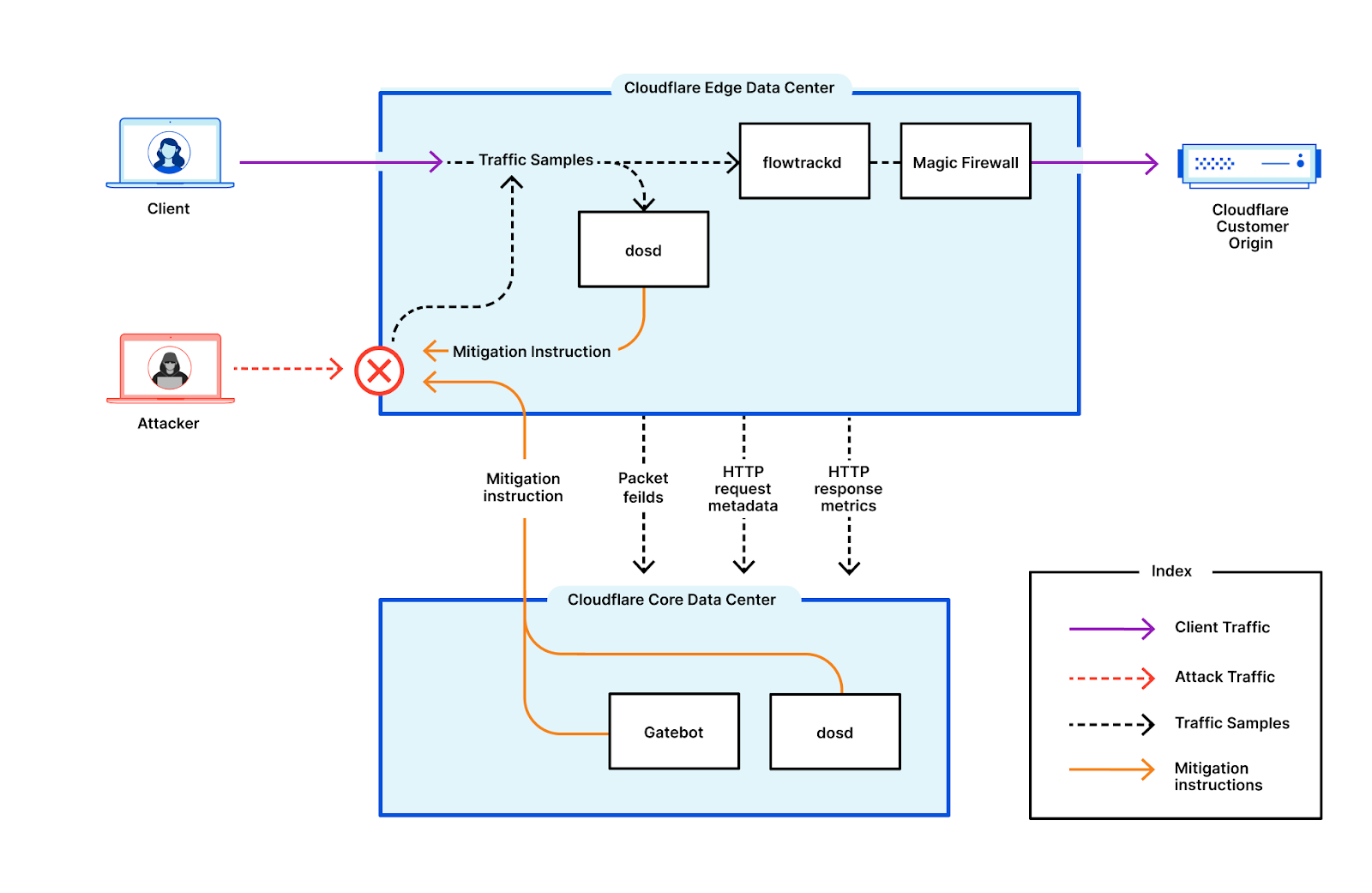
Cloudflare’s L3/4 DDoS protection focuses on mitigating threats at the network and transport layers. This protection ensures that your online presence remains operational even under heavy attack conditions, preventing malicious traffic from reaching your server and degrading its performance. Below are the key components of how Cloudflare’s L3/4 protection works:
1. Traffic Filtering and Rate Limiting
Cloudflare’s L3/4 protection filters out malicious traffic by analyzing incoming traffic patterns. The system can distinguish between legitimate traffic and attack traffic based on factors like the source of the request, request rate, and request type. By doing so, Cloudflare ensures that only legitimate users can access your website, while filtering out abnormal traffic that indicates a DDoS attack.
For example, during an attack, Cloudflare’s system can impose rate limiting, which restricts the number of requests allowed from a specific IP address or geographic location within a given time frame. This rate limiting prevents the attack from overwhelming your server.
2. Anycast Technology
One of the most important features of Cloudflare’s DDoS protection is its use of Anycast technology. Anycast allows Cloudflare to distribute traffic across its global network of data centers. When a DDoS attack targets a specific website, the malicious traffic is automatically routed to the nearest Cloudflare data center. This significantly reduces the strain on your origin server, as the attack is mitigated at the edge of the network, far from your server.
The use of Anycast also ensures that traffic is balanced across multiple data centers, which makes it much harder for attackers to target a single location. By distributing the traffic, Cloudflare is able to absorb and handle DDoS attacks without letting them impact your website’s availability.
3. Behavioral Analysis
Cloudflare employs behavioral analysis to identify unusual traffic patterns associated with DDoS attacks. By analyzing the characteristics of traffic, Cloudflare can distinguish between legitimate requests and suspicious ones. For instance, if a large number of requests are coming from a single IP address or if a bot is sending high-frequency requests to a specific endpoint, Cloudflare’s system can identify this behavior as part of an attack and mitigate the threat.
By continuously monitoring traffic and learning from past attack patterns, Cloudflare’s protection becomes more adaptive and resilient over time, providing increasingly effective defense against evolving DDoS tactics.
4. Geographic Blocking
Another feature of Cloudflare’s L3/4 protection is its ability to block traffic from specific geographic locations. If an attack is coming from a particular region known for malicious activity, Cloudflare can block or limit traffic from that region. This is especially useful when DDoS attacks are localized to specific geographic areas or when the attack origin is identifiable.
This geographic blocking ensures that legitimate users from other regions are not impacted by the attack, improving the overall availability of the website for users who are not affected by the DDoS.
5. IP Reputation and Blacklists
Cloudflare maintains an up-to-date IP reputation database, which tracks known malicious IP addresses. When traffic is detected from a blacklisted or suspicious IP address, Cloudflare’s system can block or challenge that traffic before it reaches the origin server. This preemptive action helps prevent known bad actors from launching DDoS attacks on your website.
This technology also helps protect against botnets, which are commonly used in DDoS attacks. By blocking traffic from IP addresses with a history of malicious activity, Cloudflare reduces the risk of bot-driven DDoS attacks.
6. Customizable Rules and Alerts
Cloudflare offers the ability to set up customizable security rules based on your website’s specific needs. For example, you can create rules that trigger when certain thresholds are met, such as an abnormal spike in traffic from a particular region or protocol. These rules can be tailored to your traffic patterns, ensuring that only traffic that deviates significantly from the norm is blocked.
Additionally, Cloudflare provides real-time alerts so that you are notified when an attack is detected or when protective measures are triggered. This allows you to stay informed and take further action if necessary.
Read more: Cloudflare Stands Out as a Leader in Forrester’s 2025 WAF Analysis
Why Cloudflare’s L3/4 Protection Matters
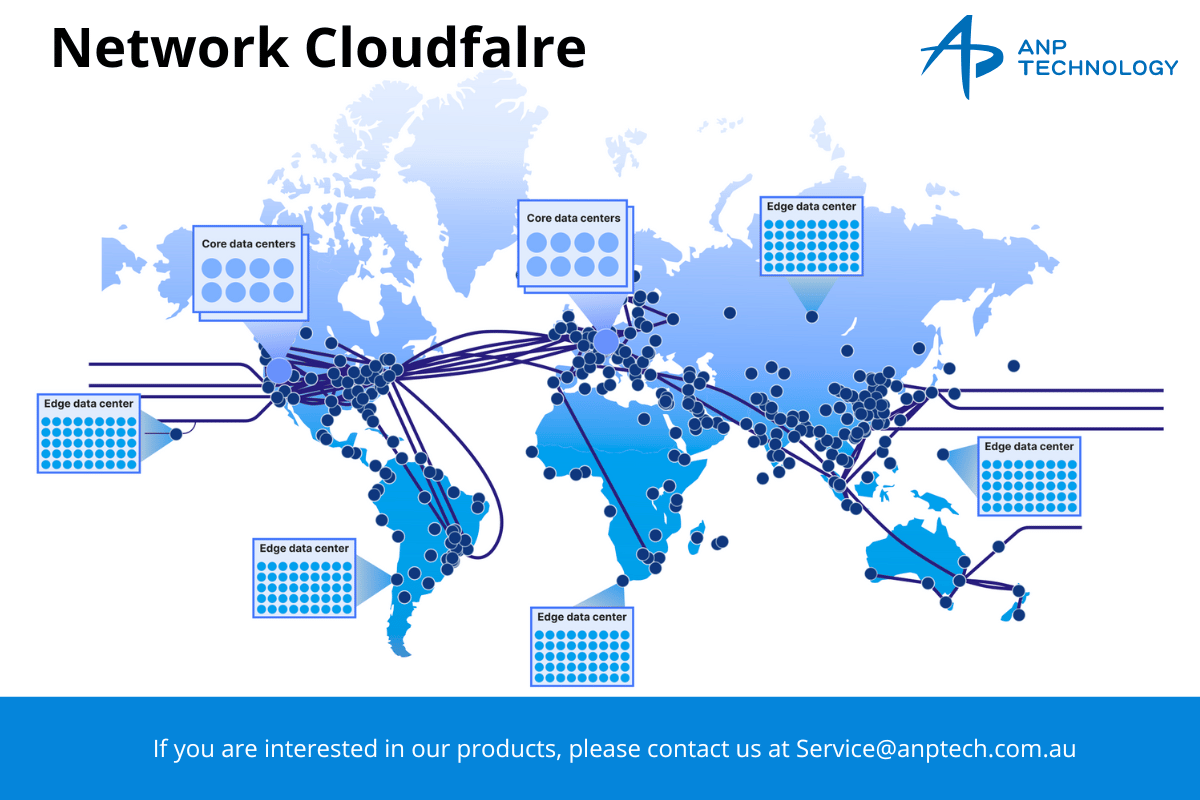
Cloudflare’s L3/4 protection is a crucial layer of defense that helps mitigate these attacks, ensuring business continuity, optimal performance, and a seamless experience for users.
Here’s why Cloudflare’s L3/4 protection matters for your business:
- Comprehensive Coverage: Cloudflare’s L3/4 protection covers both network and transport layer attacks, ensuring a robust defense against a wide range of DDoS threats.
- Scalability: With Cloudflare’s Anycast network and global data centers, the system is highly scalable, able to handle large-scale DDoS attacks without compromising performance.
- Zero Downtime: By mitigating attacks before they reach your server, Cloudflare ensures that your website remains available to legitimate users, even during an active attack.
- Cost-Effective: Cloudflare’s solution is cost-effective, as it prevents the need for costly infrastructure upgrades and ensures that your server’s resources are not exhausted during an attack.
- Enhanced Security: Cloudflare’s combination of traffic filtering, rate limiting, and behavioral analysis adds an extra layer of security, helping to protect your website from both DDoS attacks and other types of malicious traffic.
Conclusion
Cloudflare’s L3/4 protection provides a powerful, multi-layered defense against DDoS attacks, ensuring the continuous availability and performance of your website even during large-scale attacks. Through features like traffic filtering, Anycast technology, behavioral analysis, and geographic blocking, Cloudflare offers a comprehensive solution to safeguard your online presence from malicious disruptions.
With its global network and adaptive security measures, Cloudflare remains a trusted ally in the fight against DDoS attacks, enabling businesses and organizations to stay online and secure.
Don’t let DDoS attacks disrupt your business and damage your reputation. With Cloudflare’s powerful L3/4 protection, your website will stay secure, fast, and always online—no matter the size or scale of the attack. Get started today and ensure your website is always protected. Click the link below to learn more and enhance your website’s security with Cloudflare’s L3/4 Protection. If you need protect and best performance for your website for your Company or organization, contact us here for more information.

